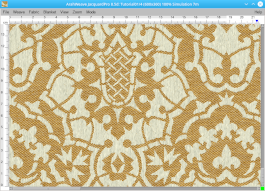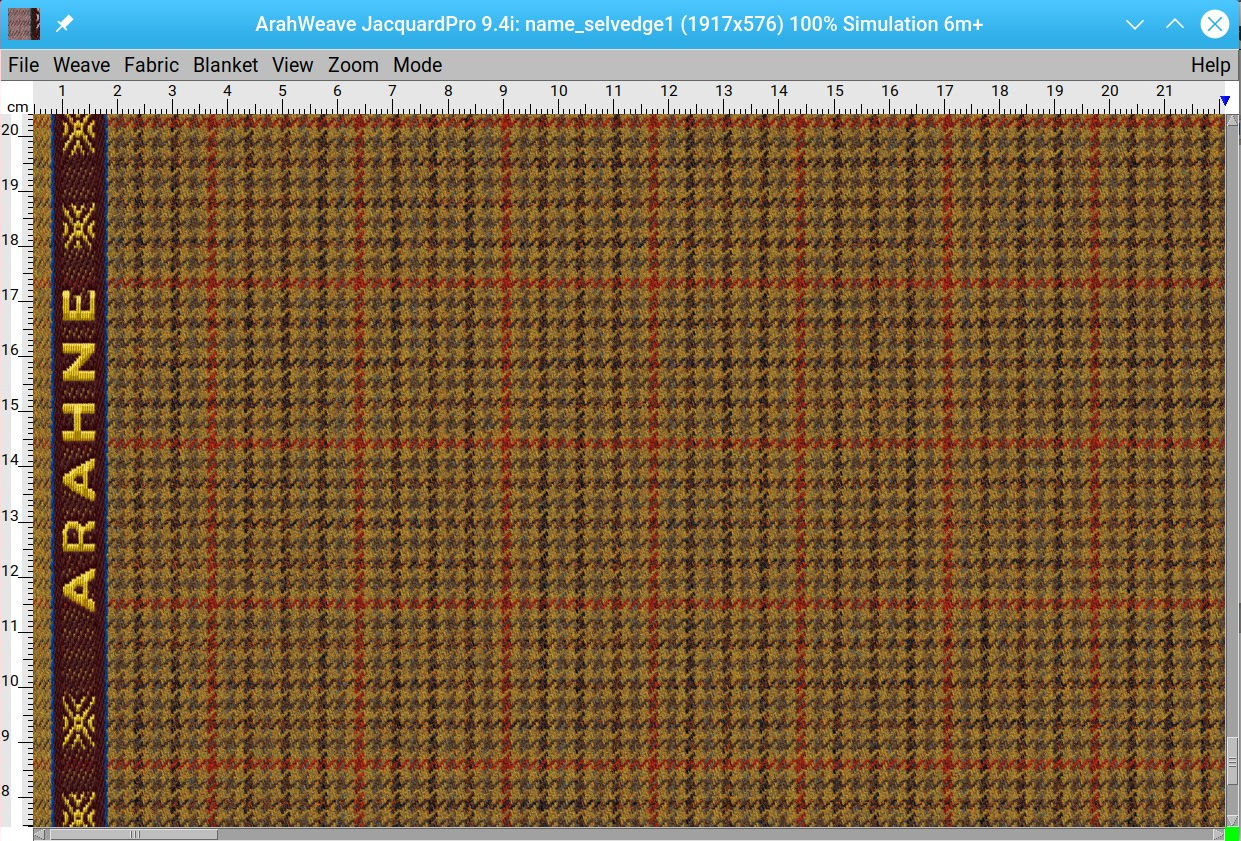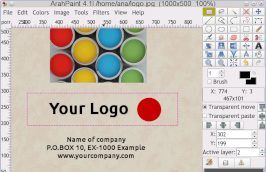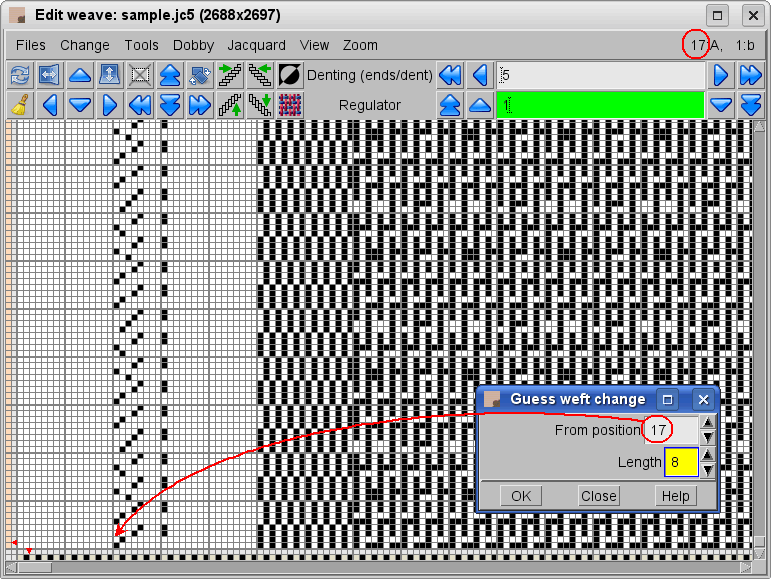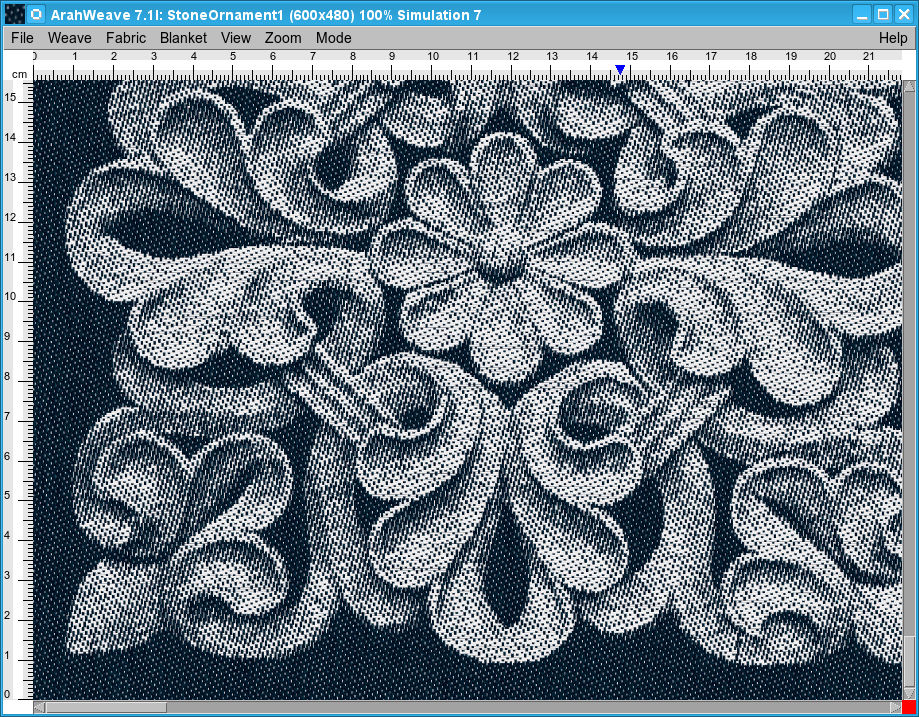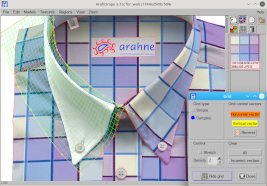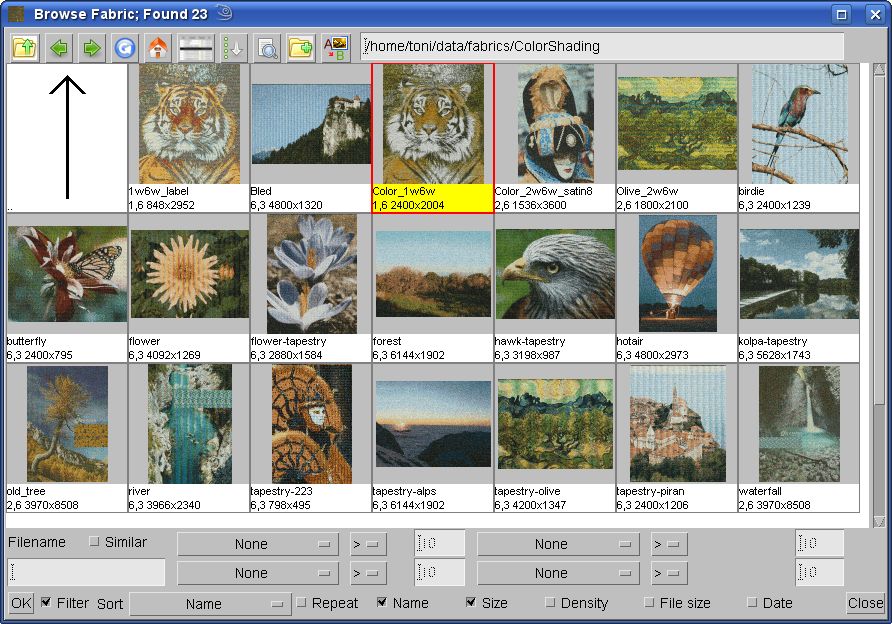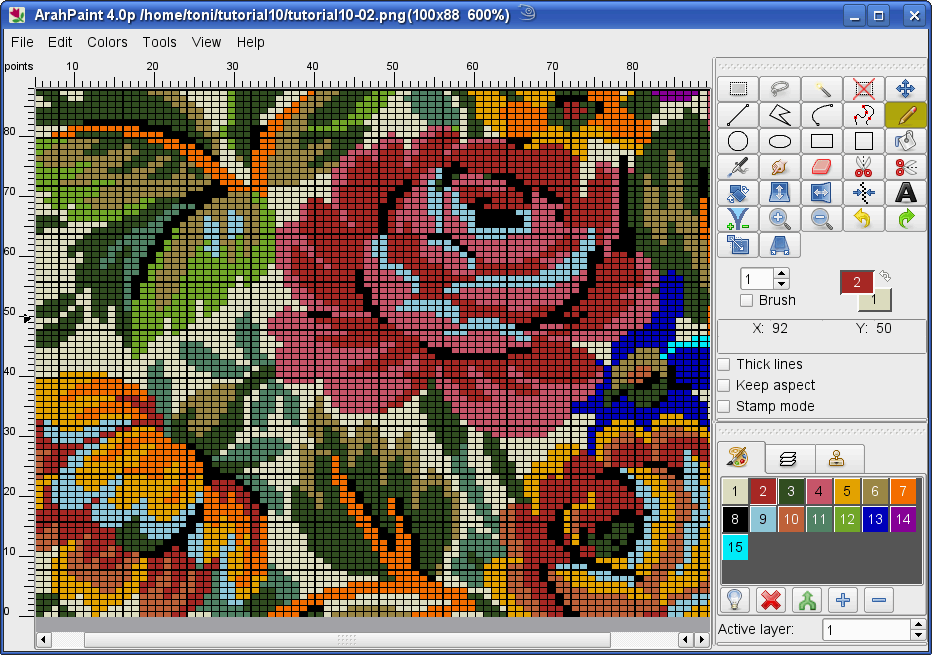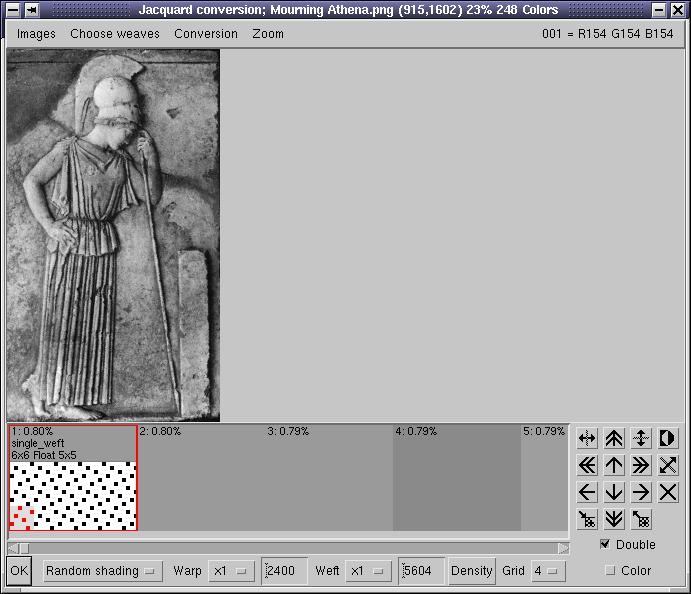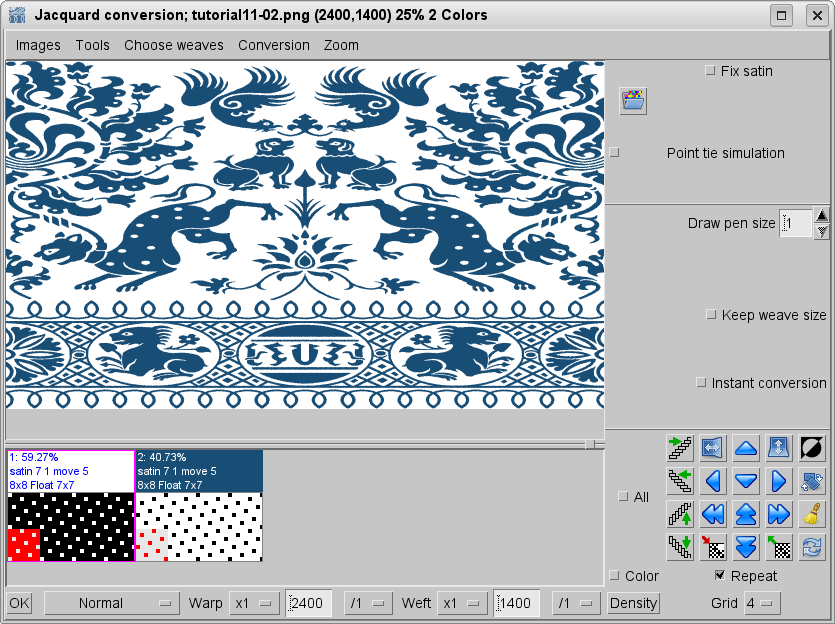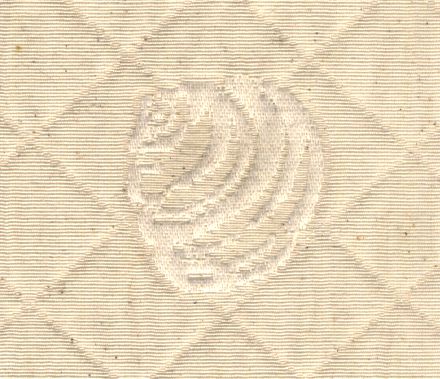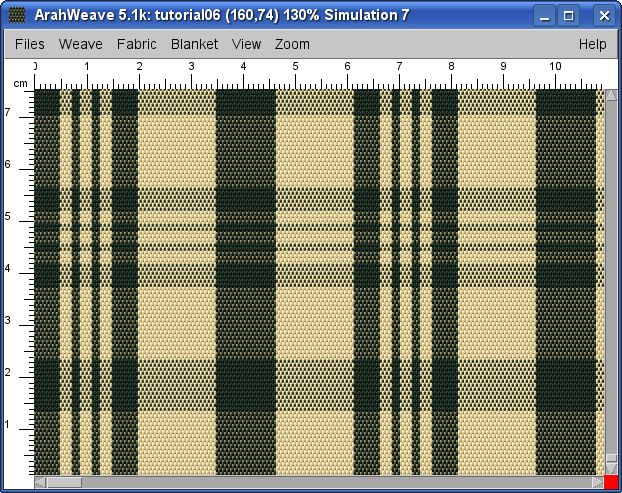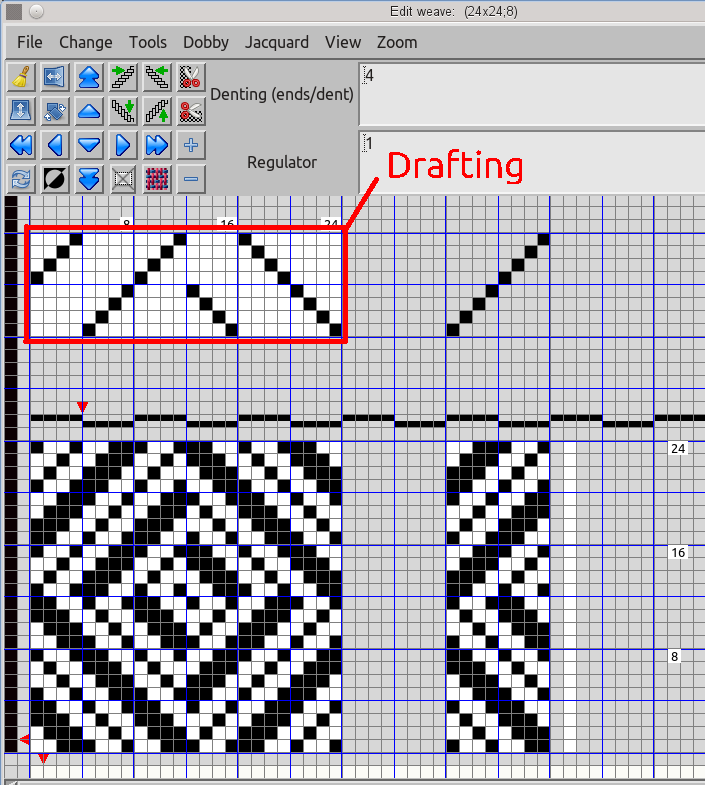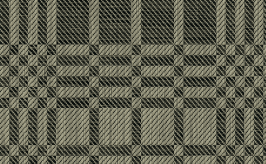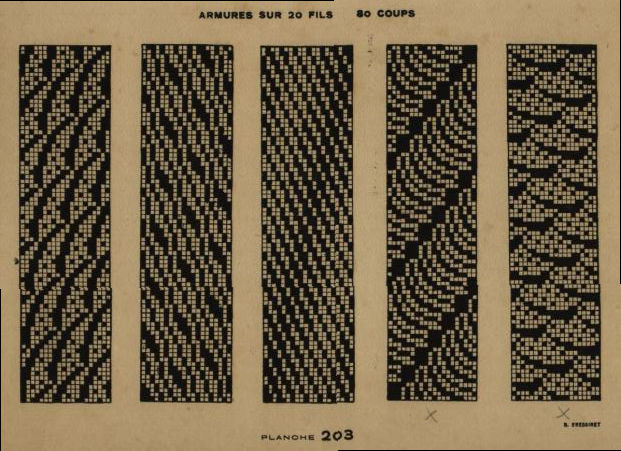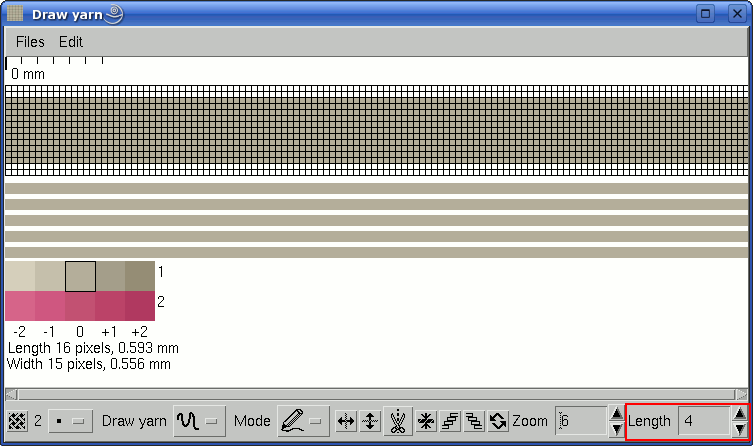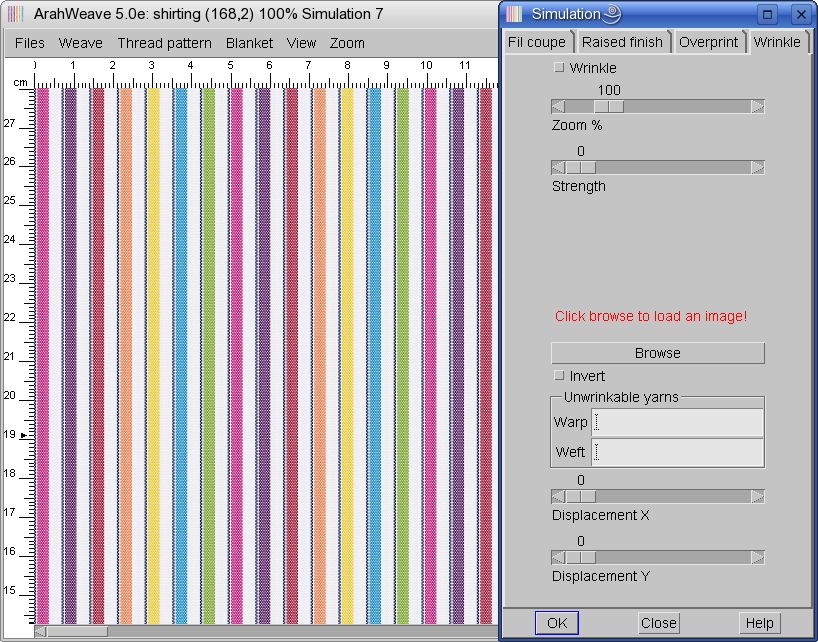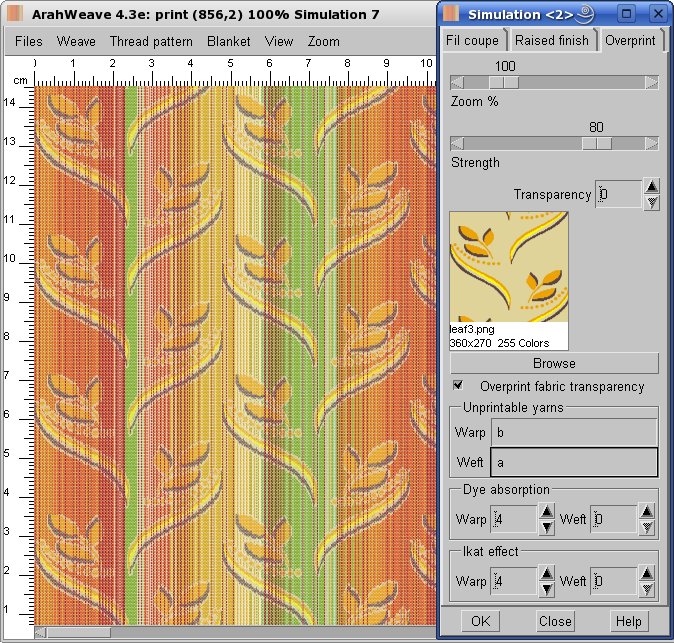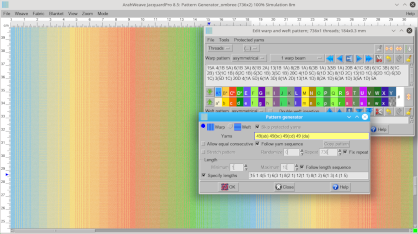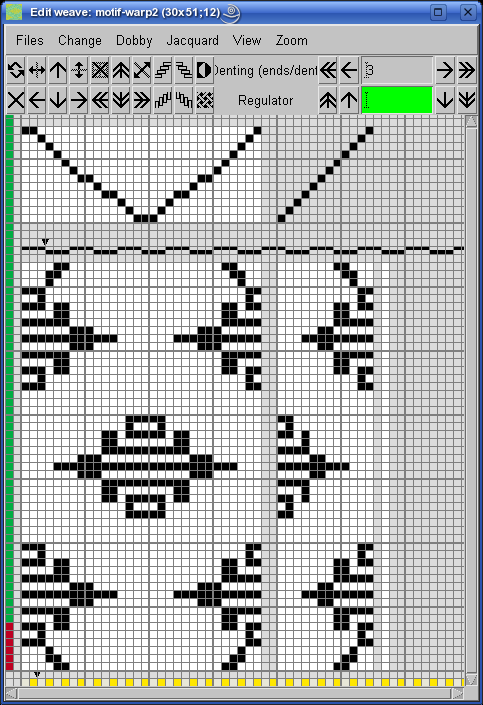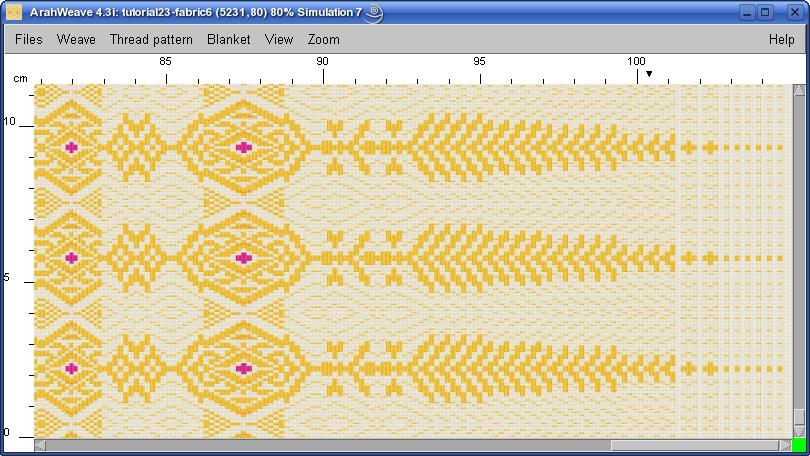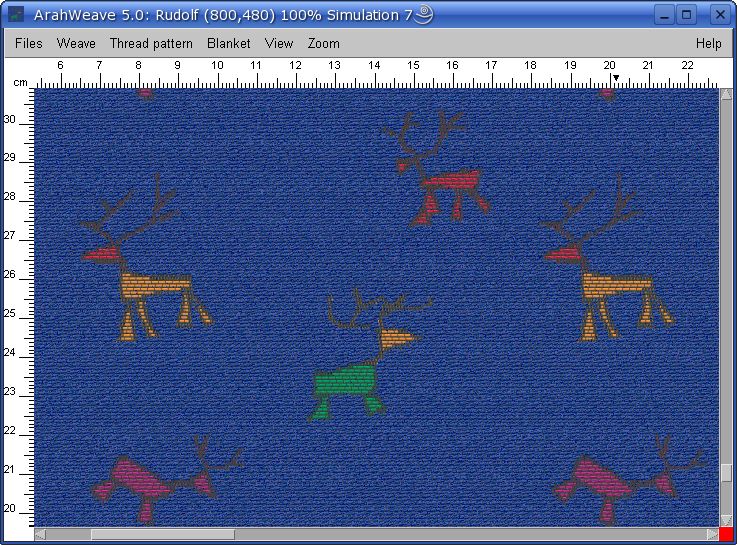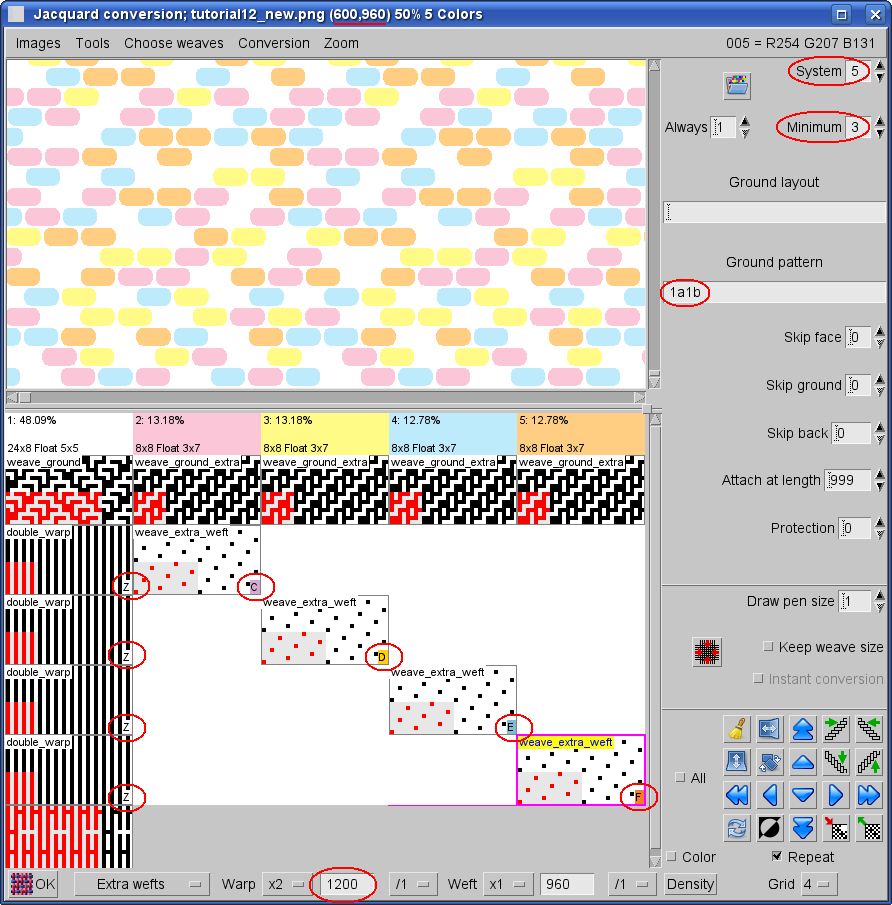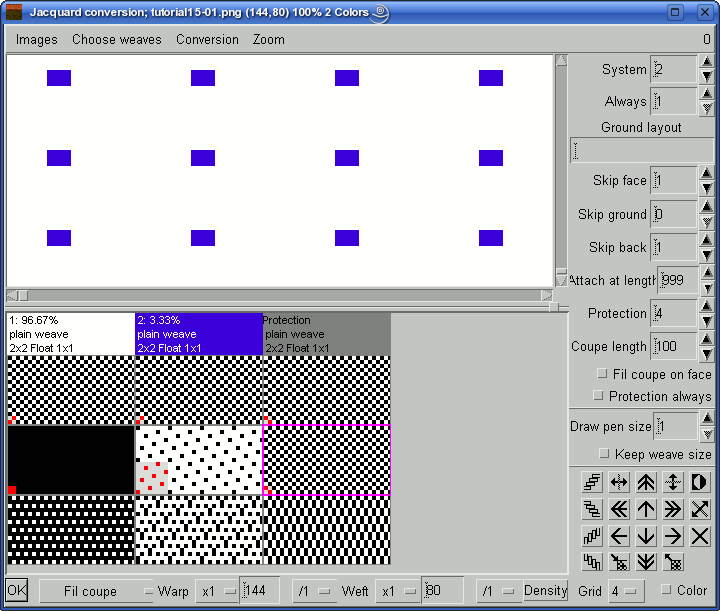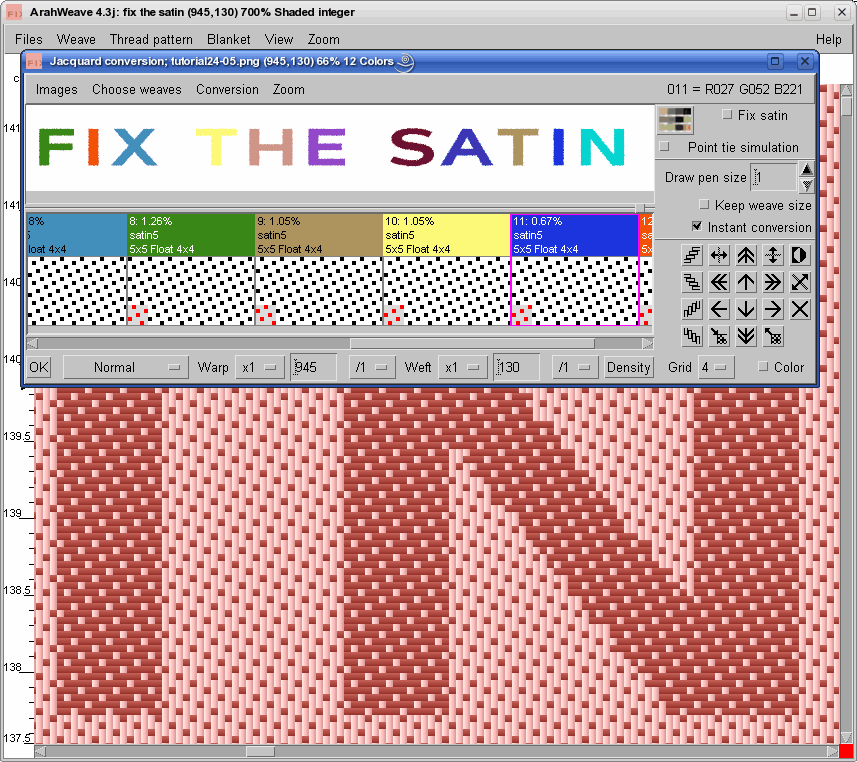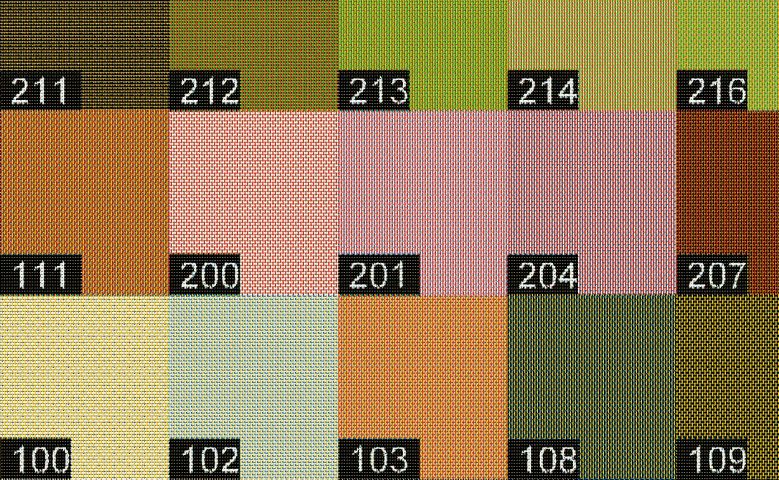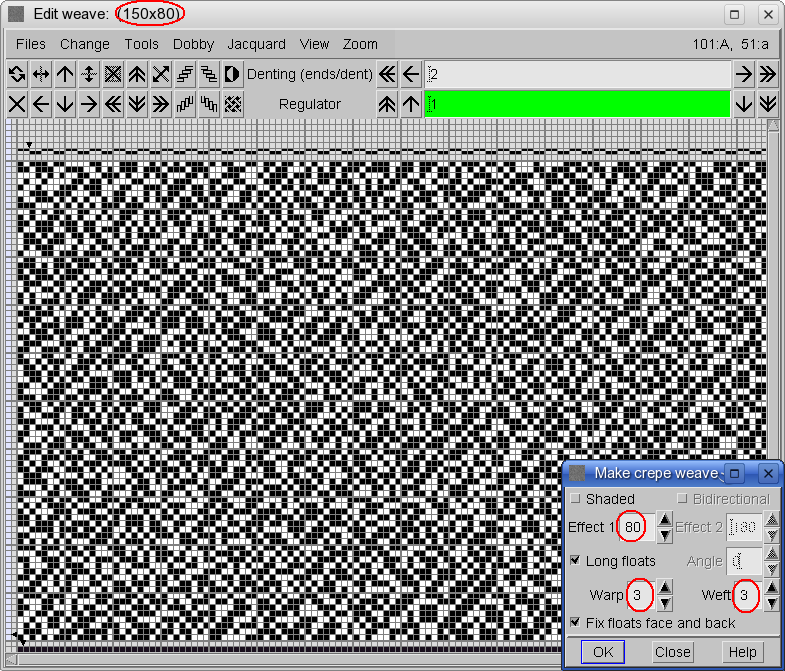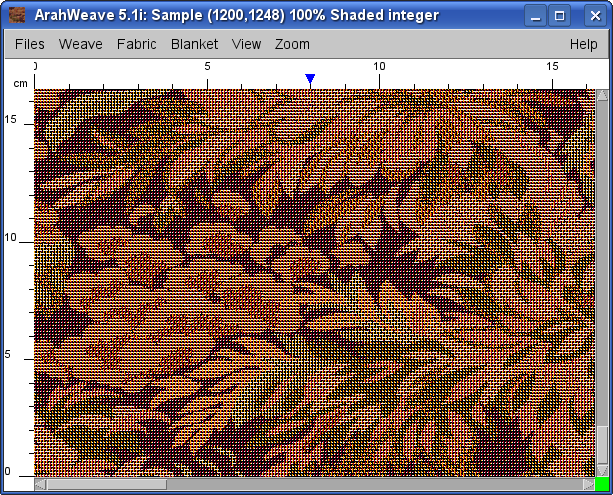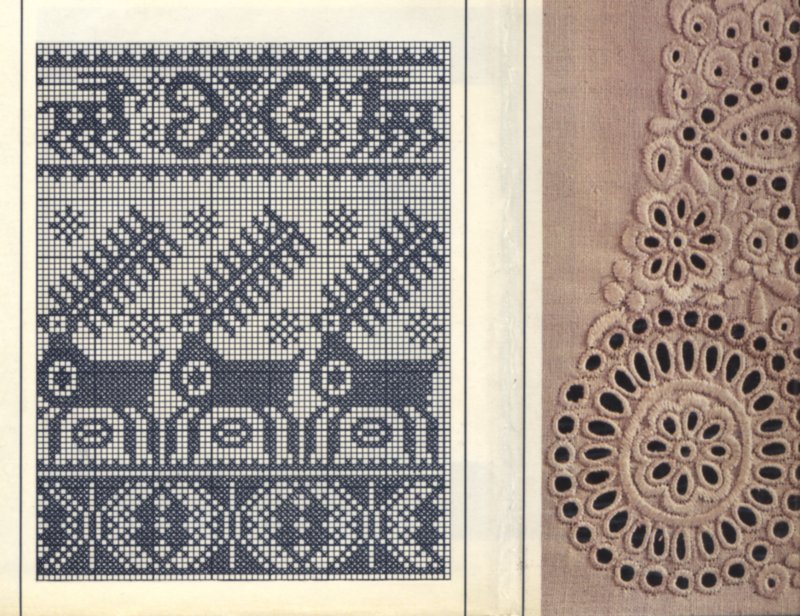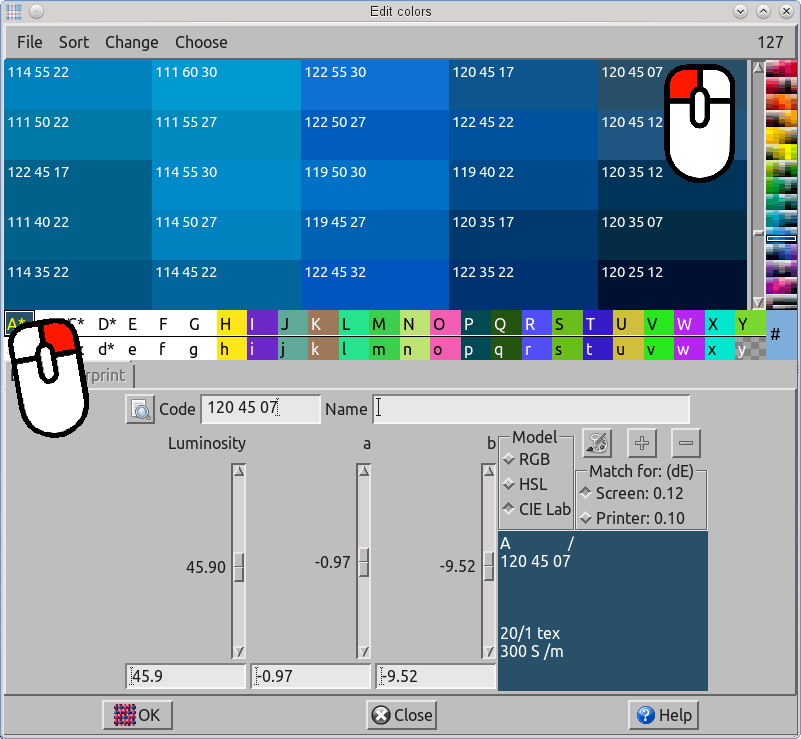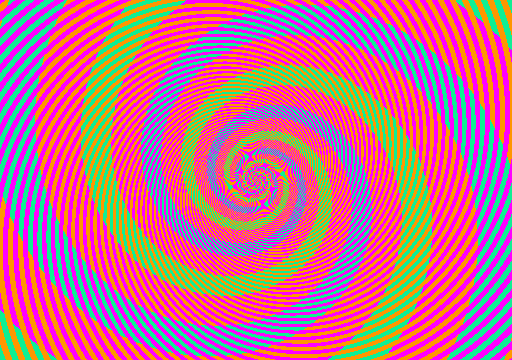

TUTORIALS
Simula le spiegazzature - seersucker
ArahWeave software for weaving not only makes the fabric simulation image, now in can also wrinkle it for you. The software allows you to load any image and use it as a gray wrinkle map over the fabric. Program will automatically figure out the base gray level of the loaded picture, and will make the fabric both lighter and darker. So the overall colors should not change too much. ArahWeave’s finishing simulation works in sequence, so you can have both overprint and wrinkles.
You can use the wrinkle function to make a seersucker simulation. Seersucker is a lightweight fabric made of cotton or artificial fibers with crinkled stripes, made by weaving some of the warp threads slack, and others tight. The result is a unique, puckered effect. You need two warp beams for that, since the warp consumption on straight and wrinkled areas will be different. But with chemical treatment, for example printing with caustic soda, you can make a cheaper imitations of the “real” seersucker.
So how do you do you do this in ArahWeave? Create or load a fabric, to which you want to apply the seersucker look. Than choose Fabric > Simulation. Click the Wrinkle tab.

To load the texture, click the Browse button.

Double click the image icon to load it into the simulation window. If the image is not gray-scale, the weaving software will automatically converted it to gray-scale. As in overprint, you can specify the Zoom and Strength (intensity) levels. You can also specify the non wrinkable yarns, which allows you to make a realistic seersucker simulations. Wrinkle works differently from overprint, as it takes the color from underlying fabric, and modifies its lightness according to the wrinkle picture/texture.

To make the simulation even more realistic, you can set the Displacement parameter, which will curve the threads according to the wrinkle texture.

In the shirting gallery, you can check some examples of ArahWeave’s seersucker simulations.
Wikipedia has an interesting article on the seersucker fabric, if you want to know more about its history.
